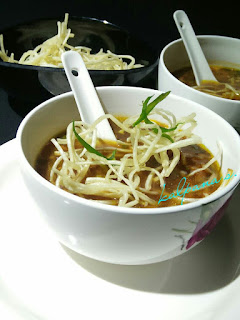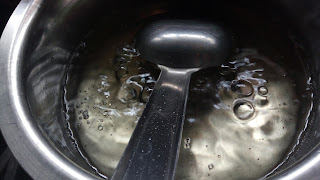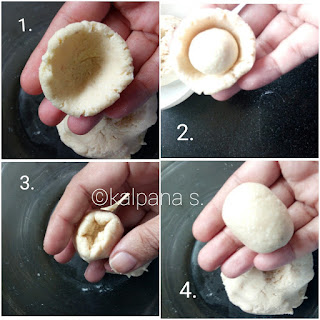I wish you all a very happy ganesh
chaturthi…..may bappa fulfil all your dreams. Hope everyone had a wonderful Ganesh
Chaturthi….!!!
Ganeshotsav
or Vinayak Chaturthi is one of the most colourful and exciting 10 day lond
celebrations. It is celebrated all over India with a full swing and enthusiasm
in order to commemorate Lord Ganesha’s birthday.
Ganesh Chaturthi or Vinayak Chaturthi is a Hindu festival that worships Lord Ganesha. A ten day festival, it strats on the fourth day of Hindu luni-solar calendar month Bhadrapada, which typically falls in Gregorian months of August or September. The festival is marked with the installation of Ganesha clay idols privately in homes or publicaly on elaborate pandals. Observations include chanting of Vedic hymns and Hindu texts such as Ganapati Upanishad, Prayers and Vrata. Offerings and Prasad from the daily ptayers, that is distributed from the pandal to the community include sweets such as modak- believed to be a favourite of the elephant-headed daity. The festival ends on the 10th day after it start, wherein the idol is carried in a public procession with music and group chanting, then immersed in nearby water body such asa river or ocean, thereafter the clay idol dissolves and Ganesha is believed to return to mount Kailsh to Parvati and Shiva.
📌📌 Watch the full video recipe here 📌📌
INGREDIENTS:
For making cover:
1 Cup Wheat Flour
Salt as needed
½ tablespoon Hot Oil
A Pinch of Sugar
Water as required to make a dough
For making filling:
1 Cup Dry Desiccated Coconut/
Coconut Powder
½ Powdered Sugar [as required]
¼ teaspoon Cardamom Powder
1 tablespoon Chopped Nuts
[almonds+cashews]
½ teaspoon Chironji
1 tablespoon Roasted Sesame Seeds
METHOD:
For making the cover dough:
STEP 1 – Take wheat flour in
parat or bowl, add salt, sugar and hot oil in it.
STEP 2 – Rub the flour with your
hands.
STEP 3 – Add water accordingly and make a soft
dough with it. Cover the dough and keep it covered for about 10 minutes.
For making the filling:
STEP 1 – Mix all the ingredients
in a bowl for filling and mix it well.
STEP 2 – Adjust the sweetness
according to your taste. Keep it aside.
How to proceed :
STEP 1 – Now divide the dough in
equal lemon sized balls.
STEP 2 – Take one ball and roll
it in 4” diameter by dusting little flour on the rolling board.
STEP 3 – Place 1 tablespoon of
coconut mixture in the centre. Apply some water or milk to the edges with your
fingers.
STEP 4 – Now take it into your
palm and start pinching the edges with your thumb and middle finger as shown
below in the picture.
STEP 5 – To make it perfect you
need practice. More near you make the plates more beautiful it looks.
STEP 6 – Now bring all the pleats
together and close the modak. Pinch them together to seal it properly.
STEP 7 – Follow the same with the
rest of the dough and make all the modak.
STEP 8 – Heat oil in a wide pan
on low heat for deep frying.
STEP 9 – Oil should be medium
hot. Do check the oil by dropping a little
dough piece in it. If it comes out on the top instantly then oil is too hot. If
it takes more time then your oil is not enough hot. If the dough piece takes
some time like 1-2 seconds to come out then the oil is perfect to fry.
STEP 10 – Gently slide 2-3 modak
in oil and deep fry them till light golden brown. Keep moving the modak for
even frying.
STEP 11 – Then remove the fried
modak on a tissue paper/ kitchen towel to drain excess oil.
STEP 12 – Likewise fry the rest
of the modak. Let them cool before serving.


























































